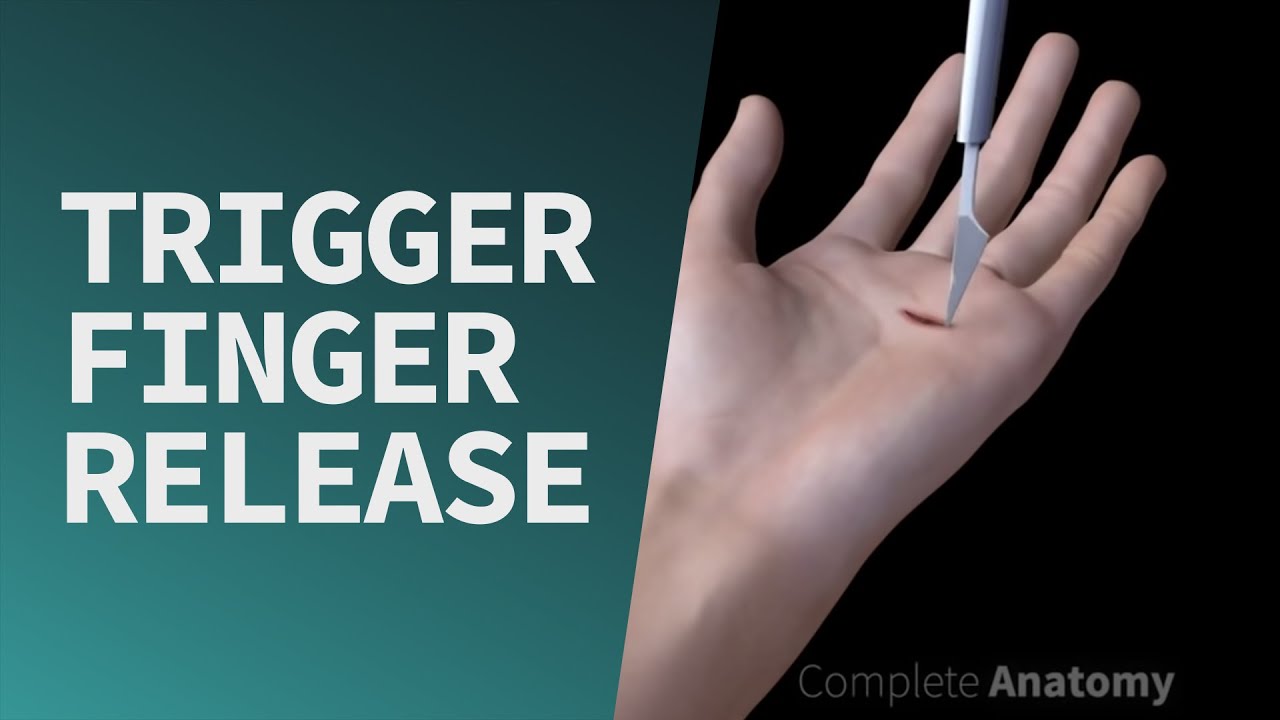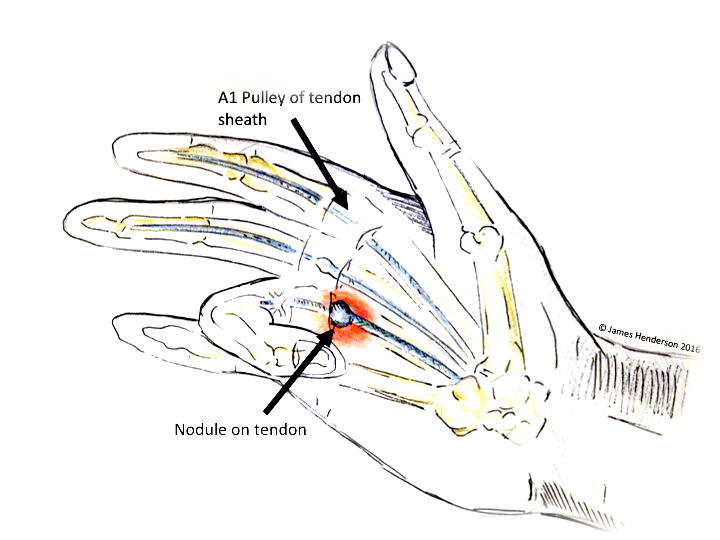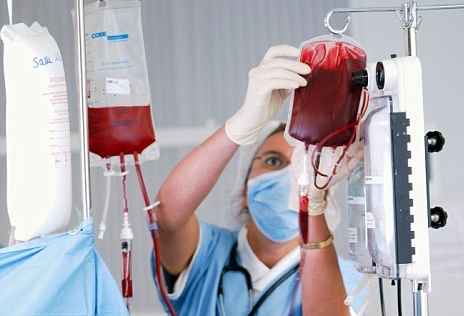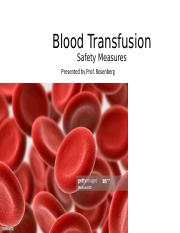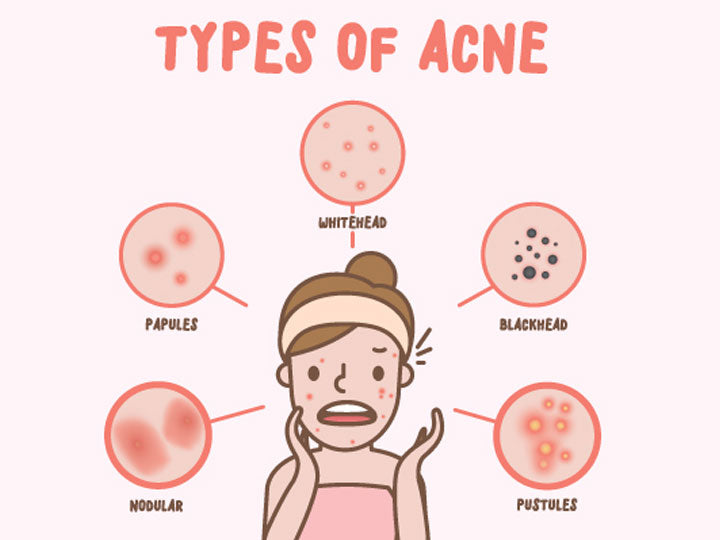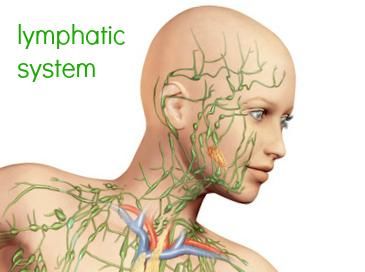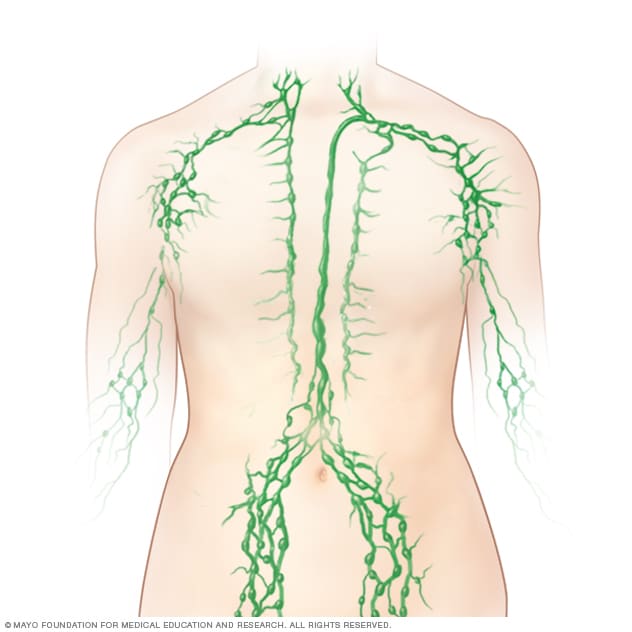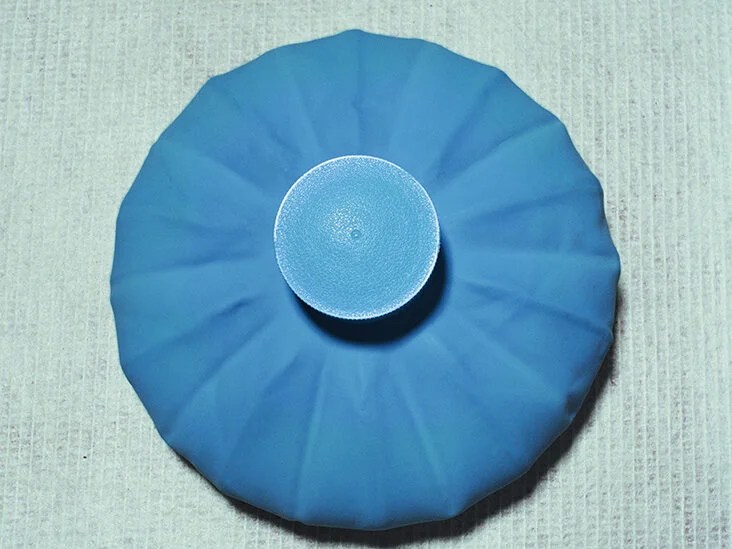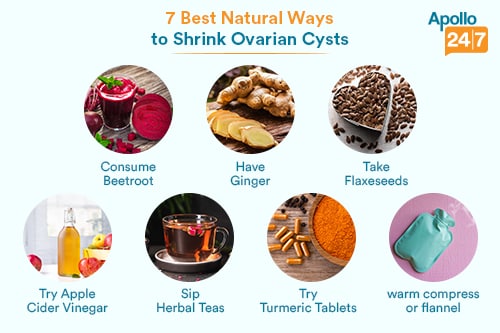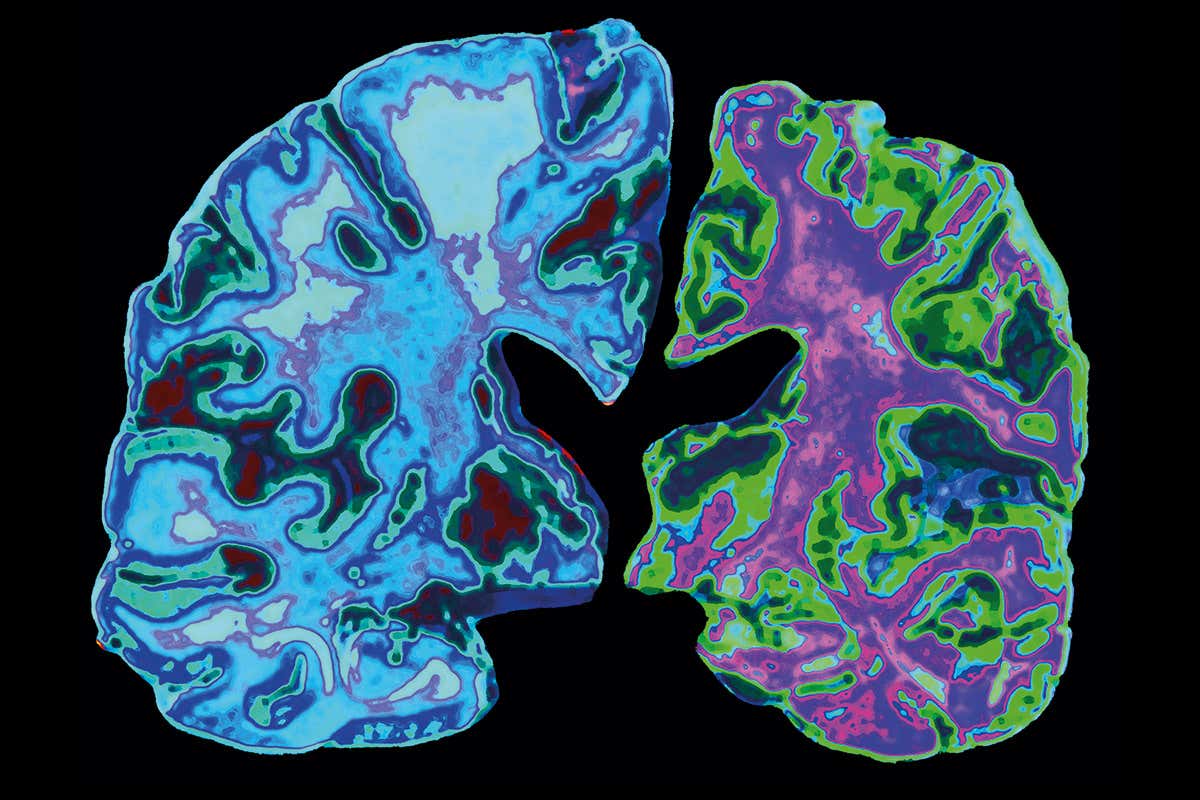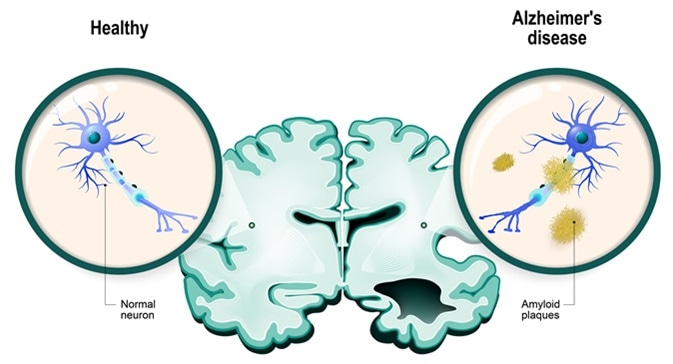Chikungunya Overview
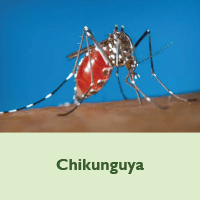
The first documented cases of chikungunya were in the Caribbean in 2013. The illness, which is caused by a virus that attacks the nervous system, begins abruptly and is characterized by high fever, joint pain, and myalgia. There are two forms of chikungunya: acute and chronic. Acute disease is more severe than subacute, and it usually lasts from two to 12 days.
Its epidemiology is unclear. However, the disease has been reported in several countries, including Africa and South East Asia. The infection is transmitted by Aedes mosquitoes. Its symptoms include a high fever lasting two to five days, extreme joint pain, and stiffness. While conventional medicine provides supportive care and supports the body’s natural defenses, homeopathic treatments attack the disease at its source, resolving symptoms and preventing the development of new disease.
There have been several cases of chikungunya in the United States. The disease is most common in tropical areas and affects children and adults. The virus can infect adults, babies, and even the elderly. Infected individuals should seek medical attention immediately if they show any symptoms. While the disease can be difficult to treat, there are effective ways to manage the symptoms. Antipyretics and plenty of fluids are recommended for patients who are symptomatic.
Infection with the Chikungunya virus can lead to the development of serious illnesses, and it is not uncommon for people to experience multiple symptoms at the same time. The symptoms of chikungunya disease include swelling, pain, and inflammation of the joints. Some individuals may also have some joint pain, fever, or difficulty moving. The duration of symptoms is typically 3-5 days, but they will eventually improve with rest and exercise.
A blood test may be done to confirm if a person has a disease. The disease can be prevented by avoiding mosquito bites. Although the only effective cure is prevention, the symptoms of chikungunya can be treated with anti-inflammatory drugs, pain medication, and physical therapy. The symptoms of chikungunya range from mild to severe. There are many types of chikungunya infections, but the disease is not contagious and can be contracted from anyone.
Symptoms are the main symptoms of chikungunya. These symptoms are often debilitating and last for weeks or months. The disease is spread by mosquitoes. Most cases are fatal. Despite the low rates, there is no cure for the disease. In many cases, chikungunya is incurable, although there are treatments for chikungunya.
In 2014, the disease was discovered in many countries. On the African continent, the virus has caused almost a million cases in Europe. The most affected countries included France and the UK. The disease has also been reported in the Pacific Islands. The Cook Islands and the Marshall Islands have reported several suspected cases of chikungunya. In Asia, chikungunya has been found in both Africa and the Caribbean.
The disease has caused millions of people to experience joint pain, muscle pain and rashes. The symptoms of the disease range from mild to severe, but in some cases the condition is life-threatening. The disease is a bacterial infection. The virus is incurable but is known to cause many deaths in Africa. If you are infected with the virus, it is best to seek medical help as soon as possible and visit the health website amfa.com.mx.
The virus is transmitted by mosquitoes. A mosquito that feeds on an infected person can pick up the virus from their blood. The virus replicates in a newly infected person and multiplies at a high level. It is distributed in more than 60 countries, including the United States, Australia and the Caribbean. This disease is common on the continent. The symptoms of the disease are similar for everyone.
Infected people are at high risk of contracting the disease. Infected persons must remain indoors. Air conditioning is essential for comfort and protection. In addition, travelers must wear long sleeves. During the incubation period, the virus can multiply in the body and be transmitted from the patient to the person. After infection, the patient may develop a fever and rash.

